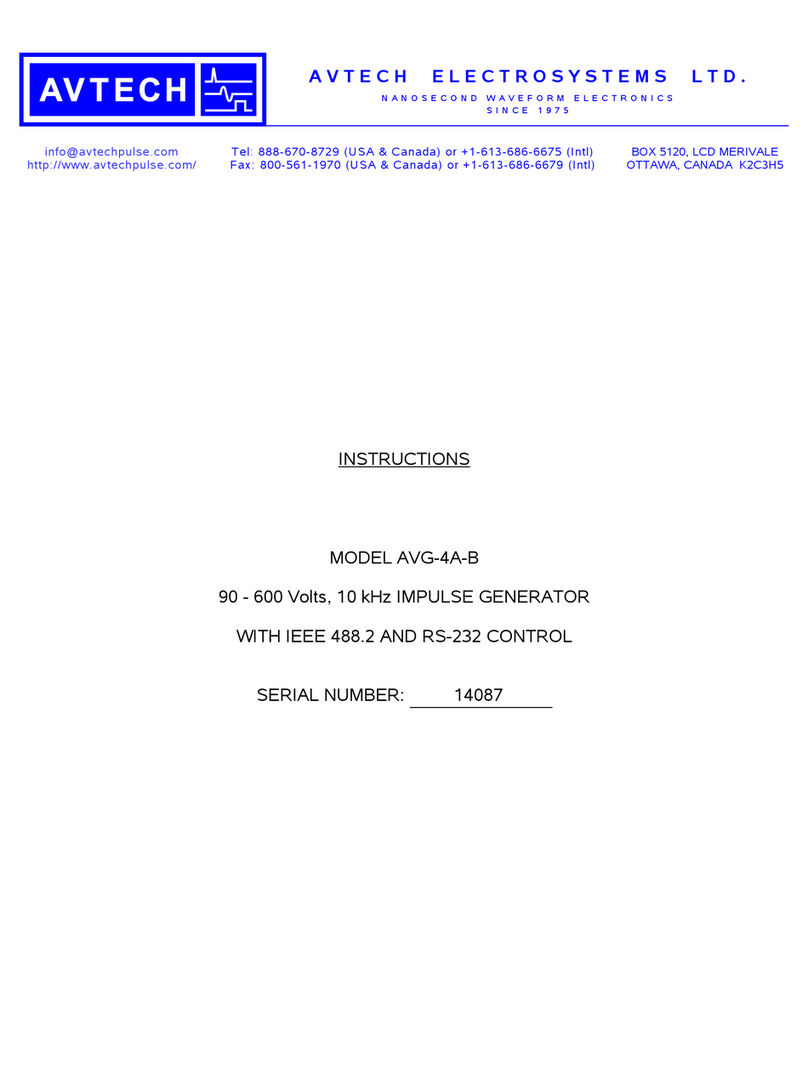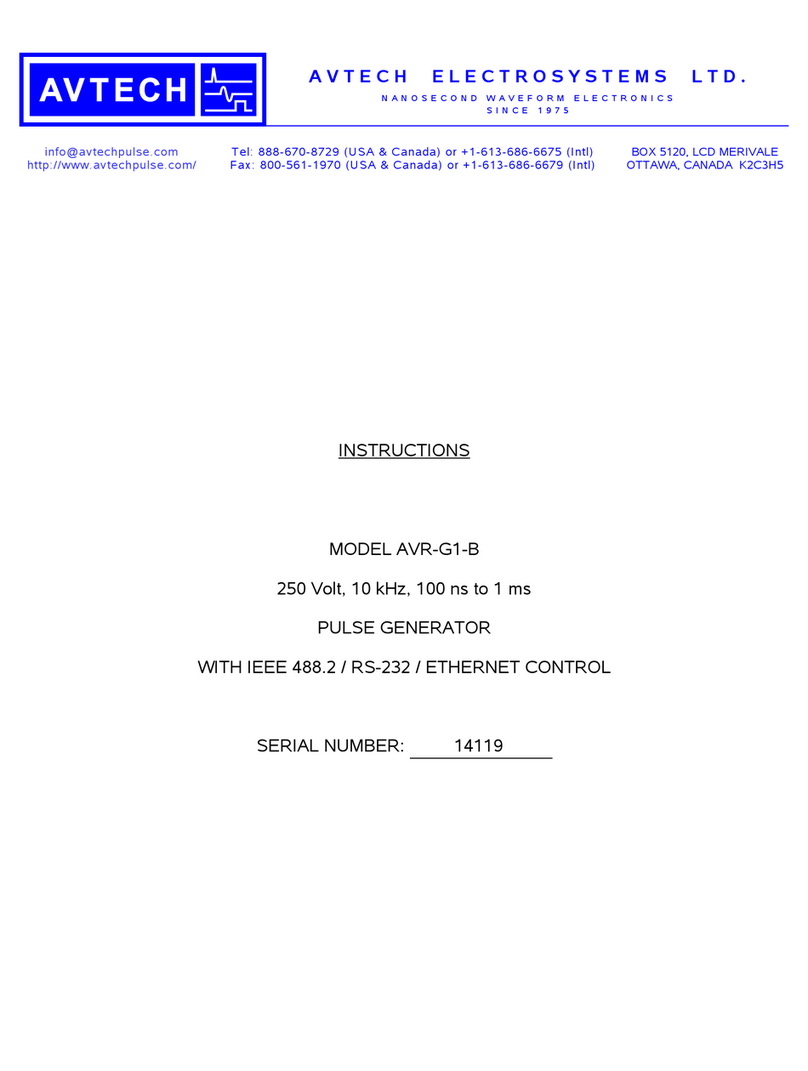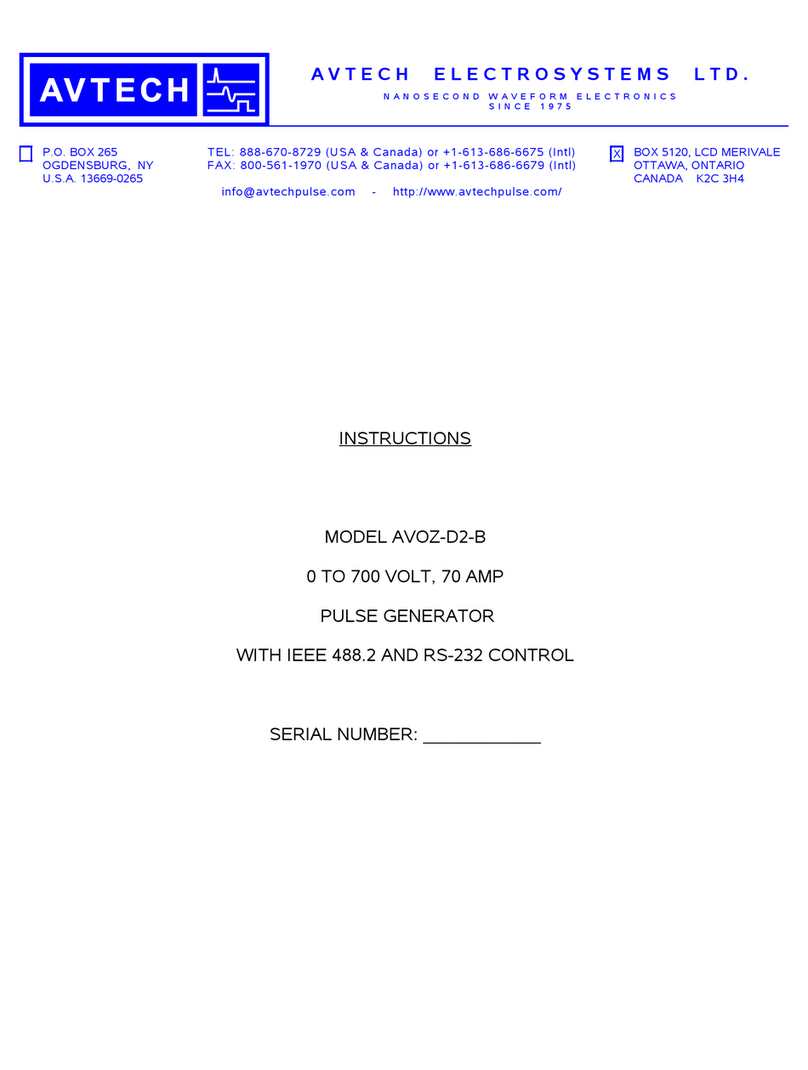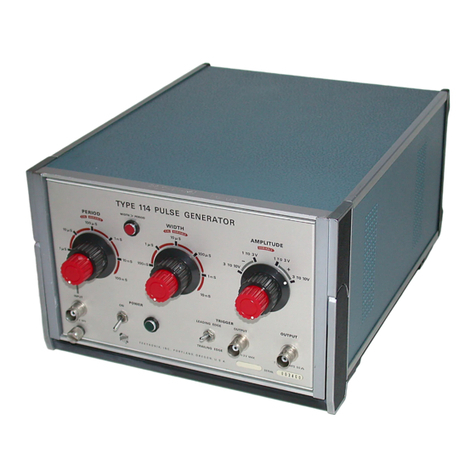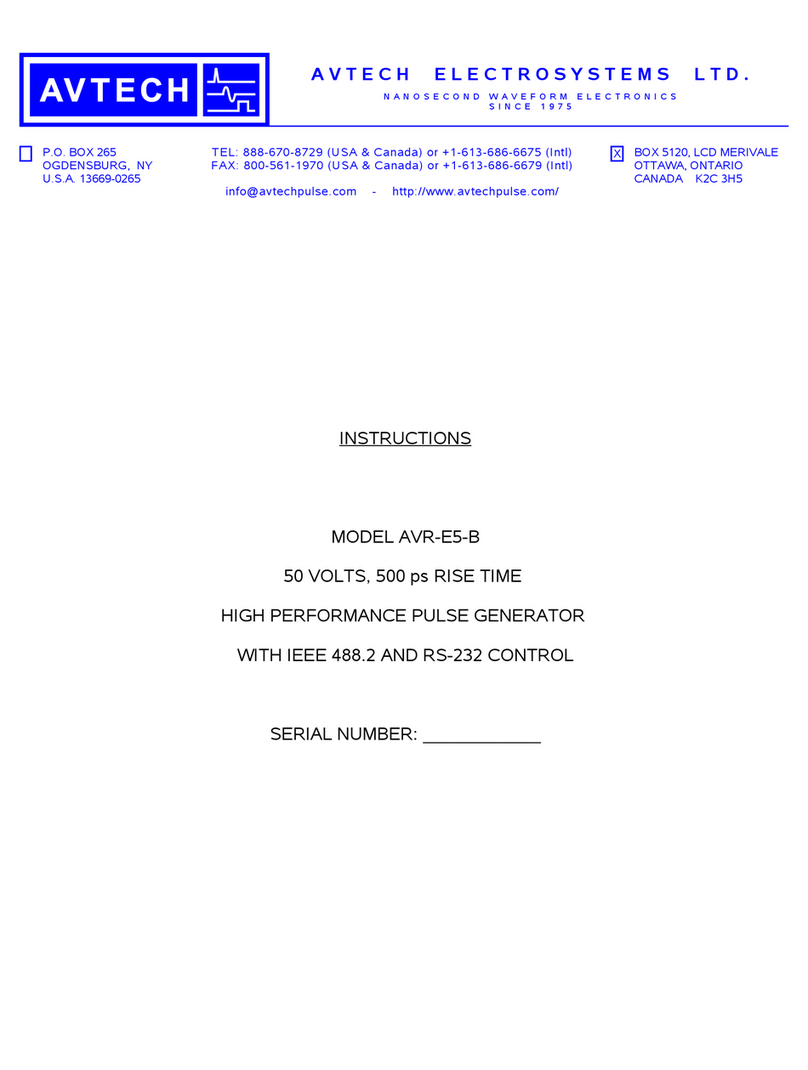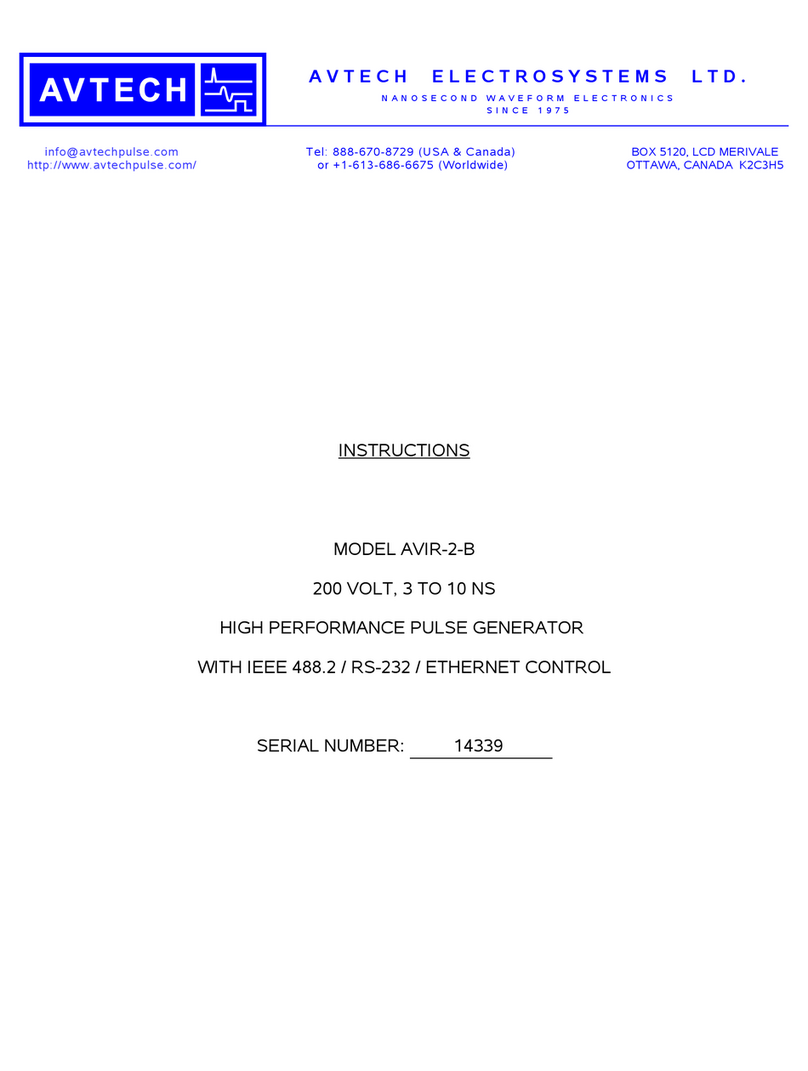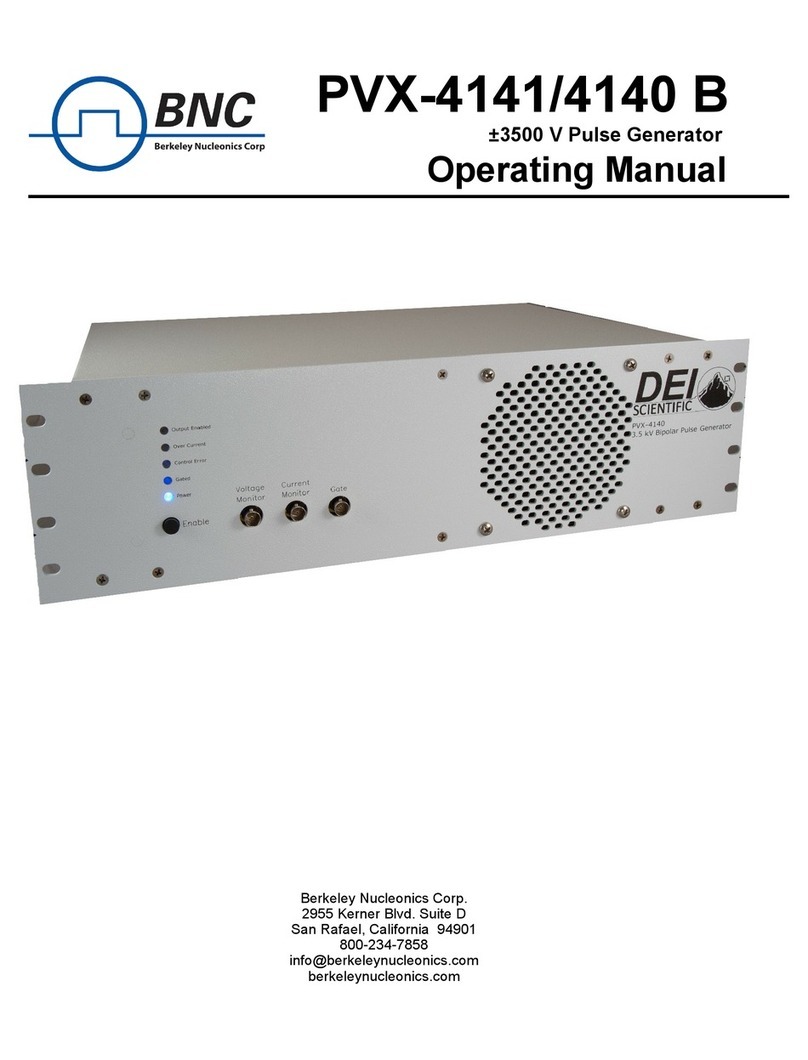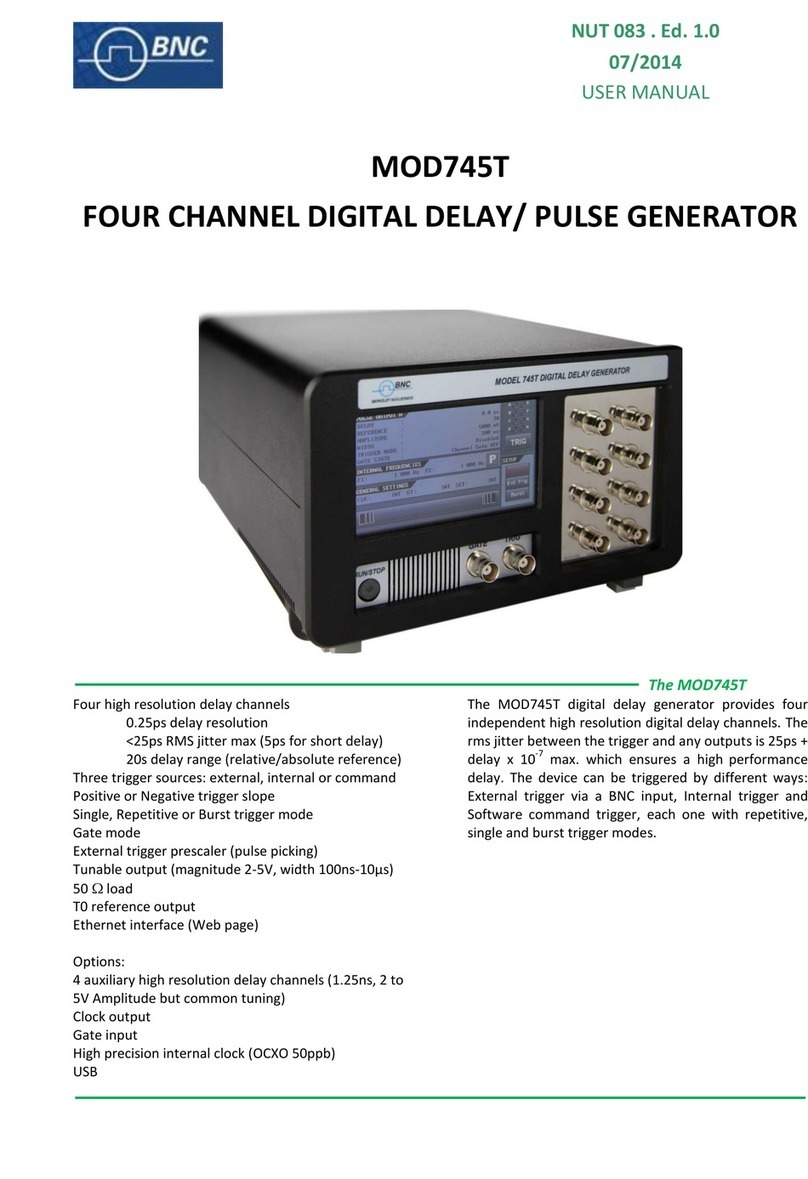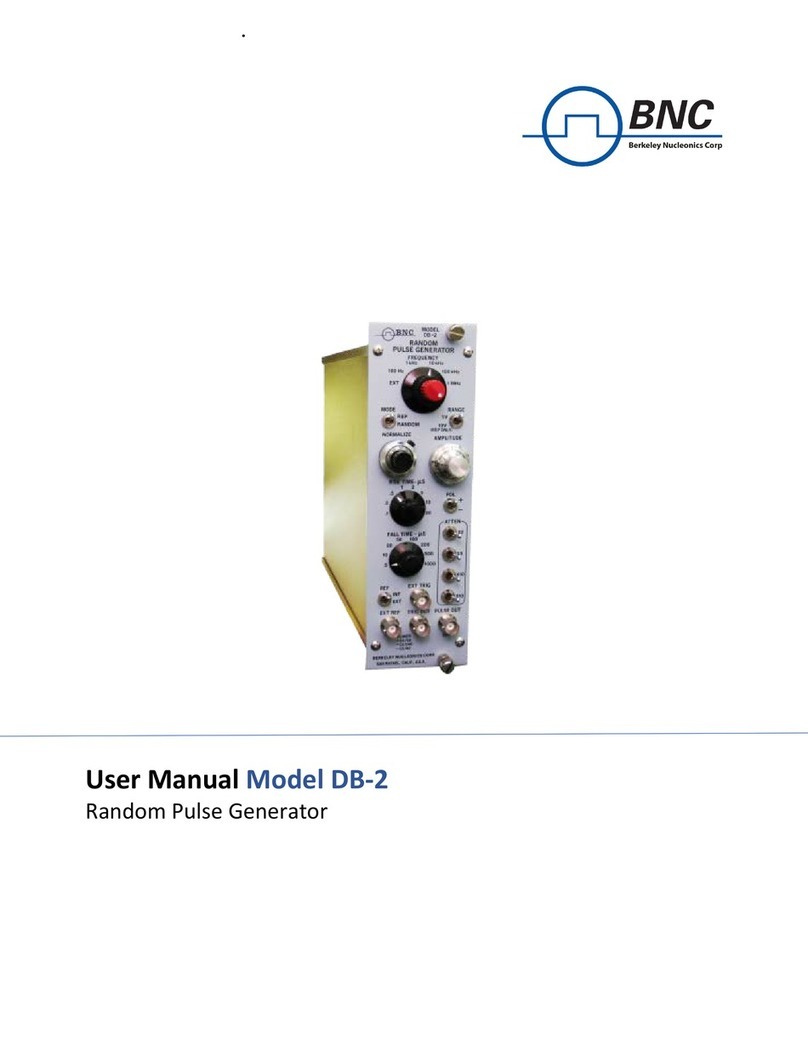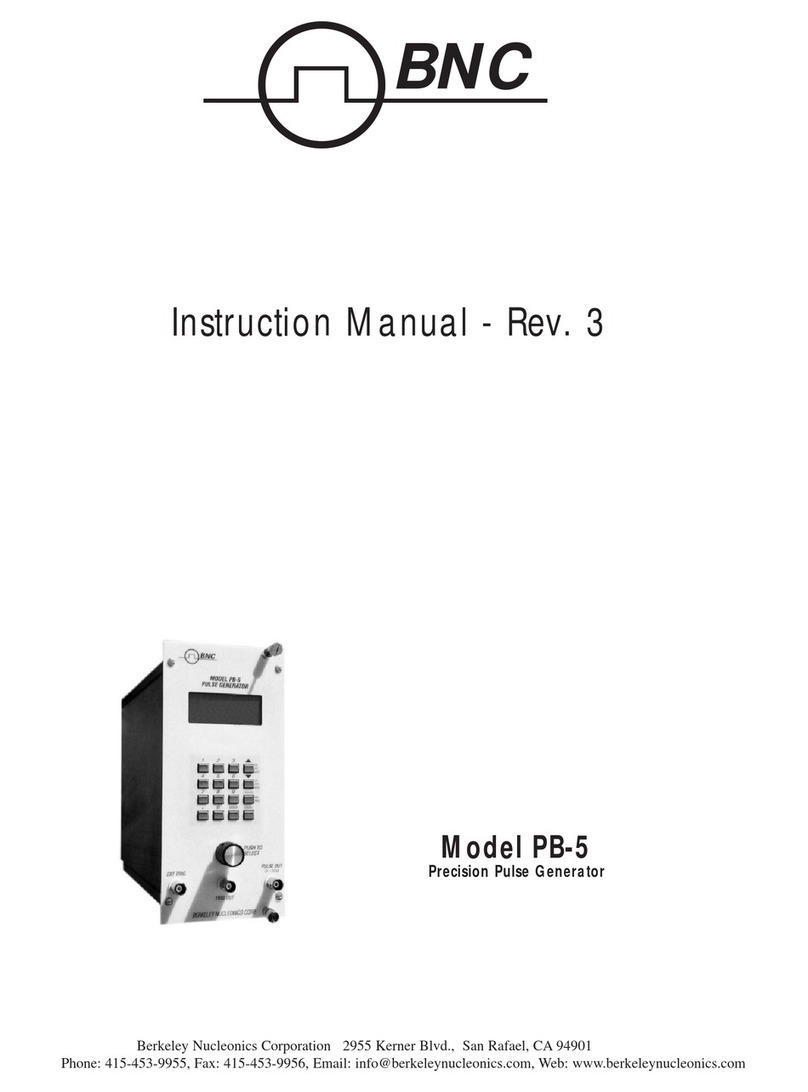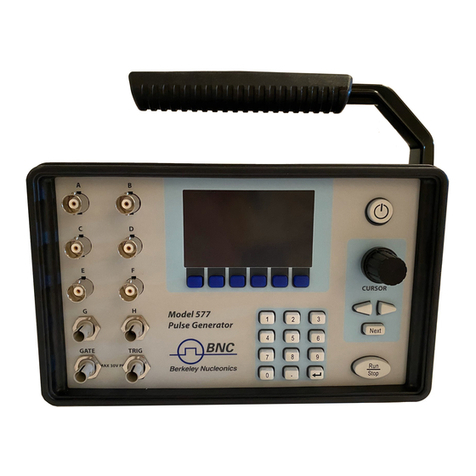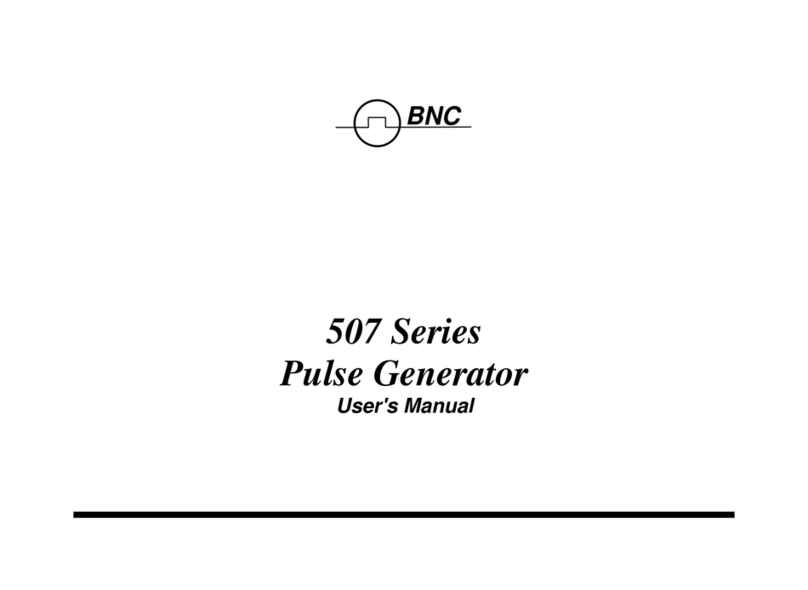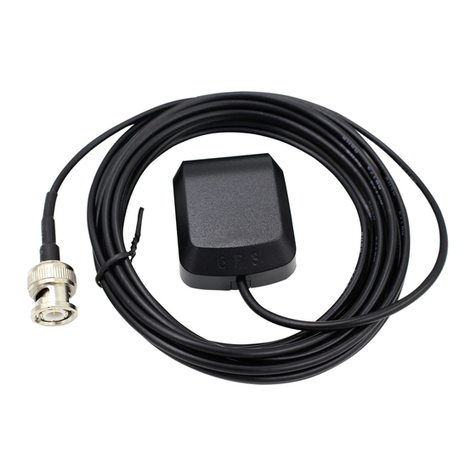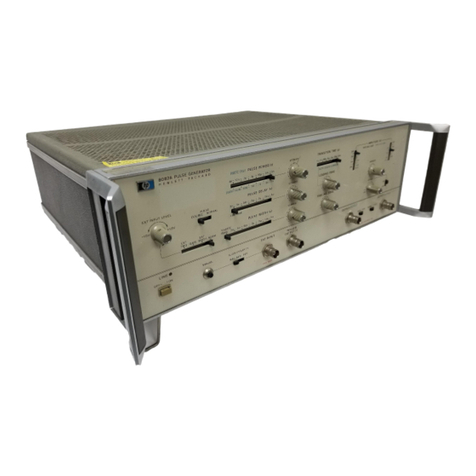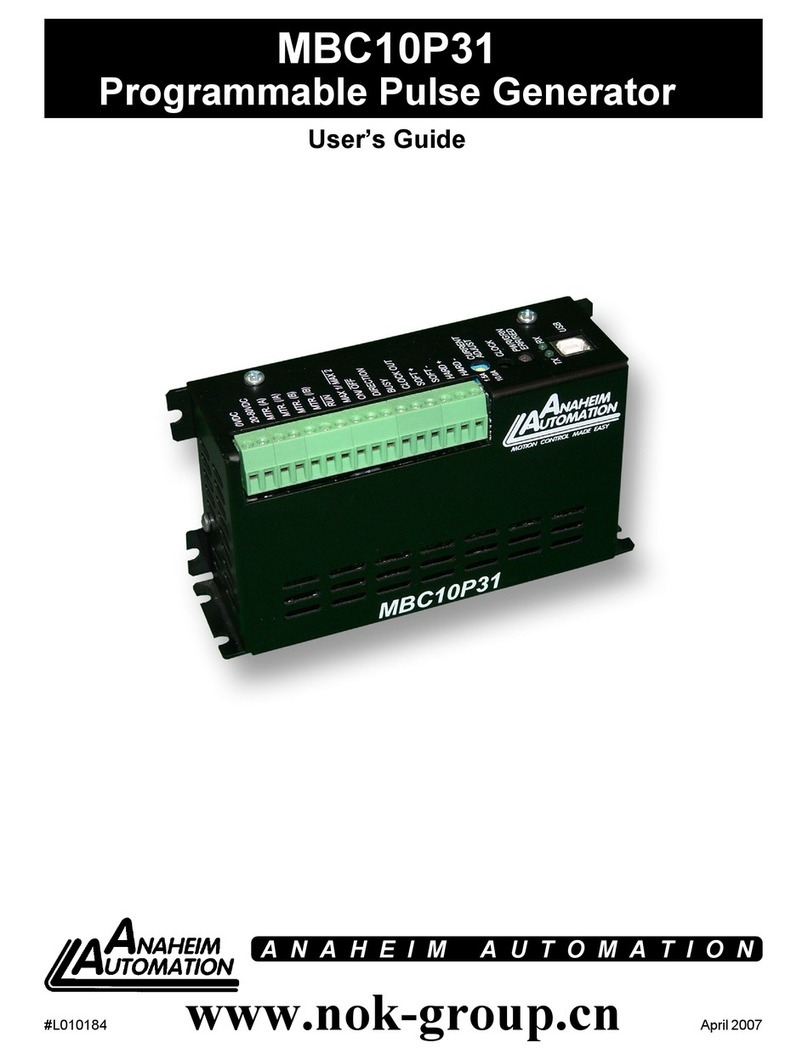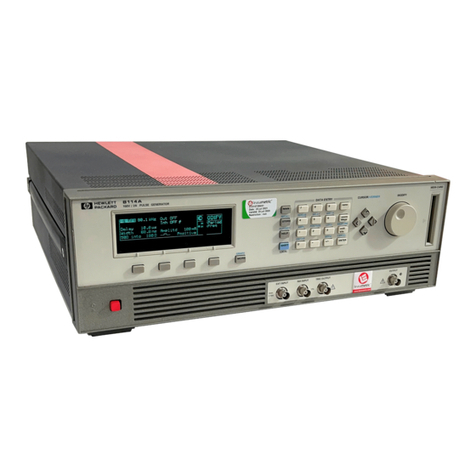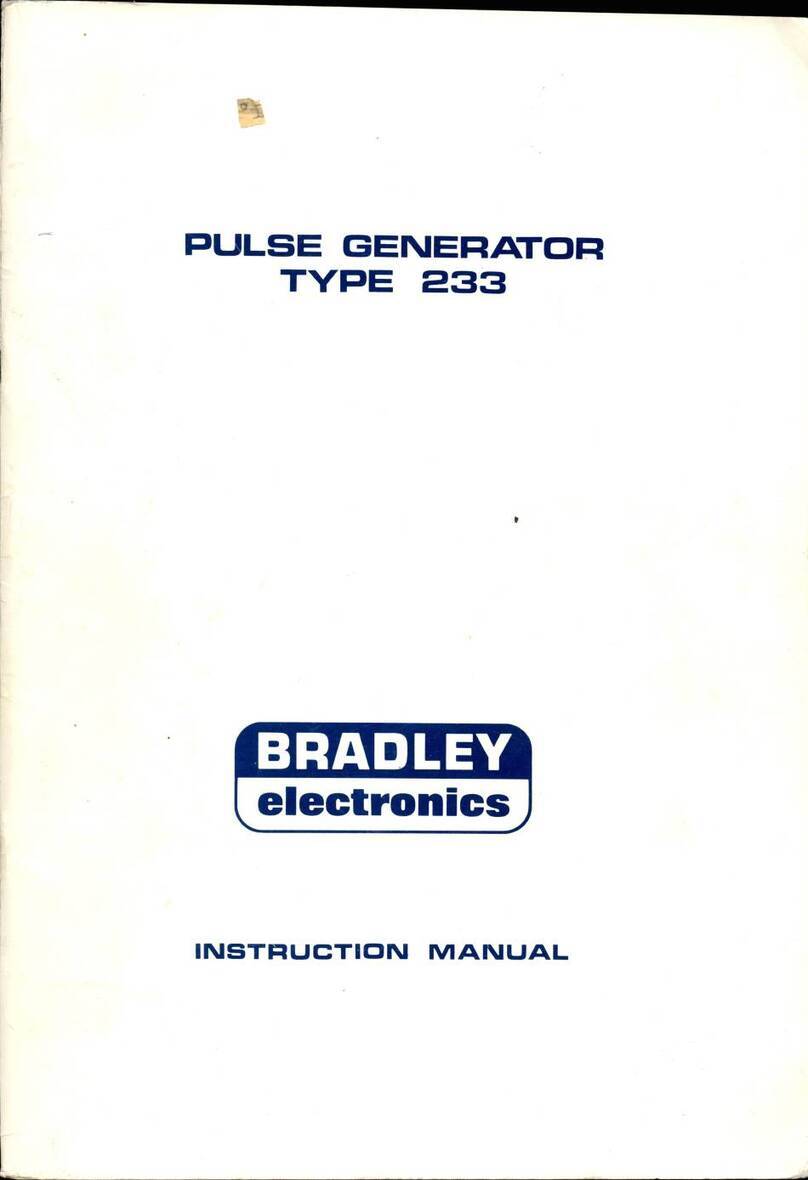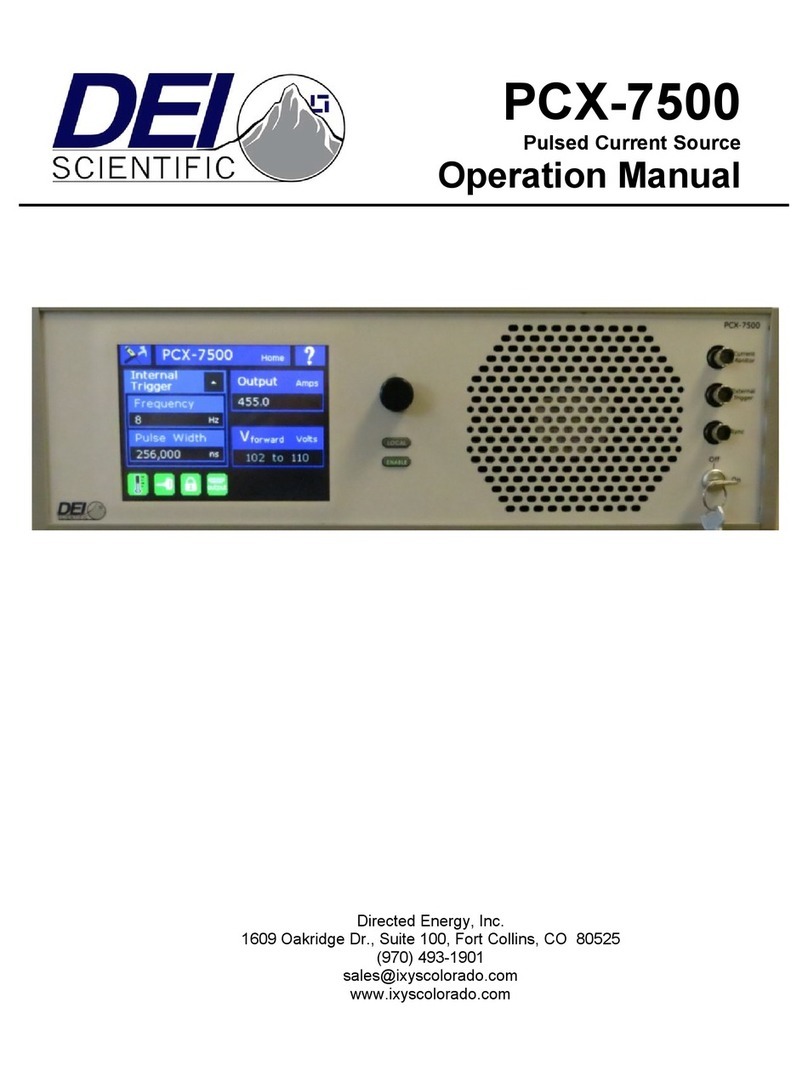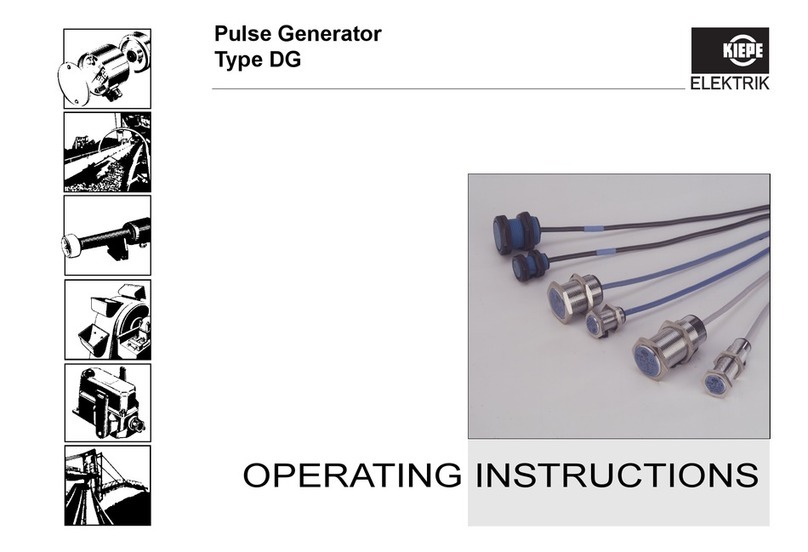
CONTENT
1- GENERAL INFORMATION.................................................................................................... 4
What do you need to get started....................................................................................................... 5
Unpacking Caution .......................................................................................................................... 5
Operating temperature..................................................................................................................... 5
Self-test............................................................................................................................................. 5
The device software.......................................................................................................................... 5
Power fuses...................................................................................................................................... 5
RAM with battery back up................................................................................................................ 5
2- SPECIFICATIONS.................................................................................................................... 6
3- FRONT PANEL OVERVIEW.................................................................................................. 7
LCD screen ...................................................................................................................................... 7
RUN/STOP Button ........................................................................................................................... 7
BNCs ................................................................................................................................................ 7
Optional BNC................................................................................................................................... 7
4- REAR PANEL OVERVIEW..................................................................................................... 8
Power Switch.................................................................................................................................... 8
T0 output.......................................................................................................................................... 8
Clock BNCs...................................................................................................................................... 8
AUX BNCs........................................................................................................................................ 8
Ethernet Port.................................................................................................................................... 8
USB Port.......................................................................................................................................... 8
5- MENU STRUCTURE (NAVIGATING THE MODEL 745-T).............................................. 9
6- OPERATING INFORMATION............................................................................................. 14
Operating Principles...................................................................................................................... 14
Timing principle using external trigger......................................................................................... 16
Timing principle using internal trigger.......................................................................................... 18
Timing principle using Burst mode................................................................................................ 19
7- OPERATING EXAMPLE....................................................................................................... 20
Default value.................................................................................................................................. 20
Initial setup .................................................................................................................................... 20
Setting up the instrument (Recurrent mode) .................................................................................. 20
Setting up the instrument (Single shot mode)................................................................................. 20
Setting up the instrument (Burst Mode)......................................................................................... 20
Stop the generator.......................................................................................................................... 21
8- PROGRAMMING.................................................................................................................... 22
Serial communication (USB port).................................................................................................. 22
Ethernet connection/communication.............................................................................................. 22
Command structure (Ethernet and USB connection)..................................................................... 22
Web Page control/communication................................................................................................. 29
9- ANNEX A.................................................................................................................................. 30
10- ANNEX B.................................................................................................................................. 32
Berkeley Nucleonics Corporation, 2955 Kerner Blvd. San Rafael, CA 94901
